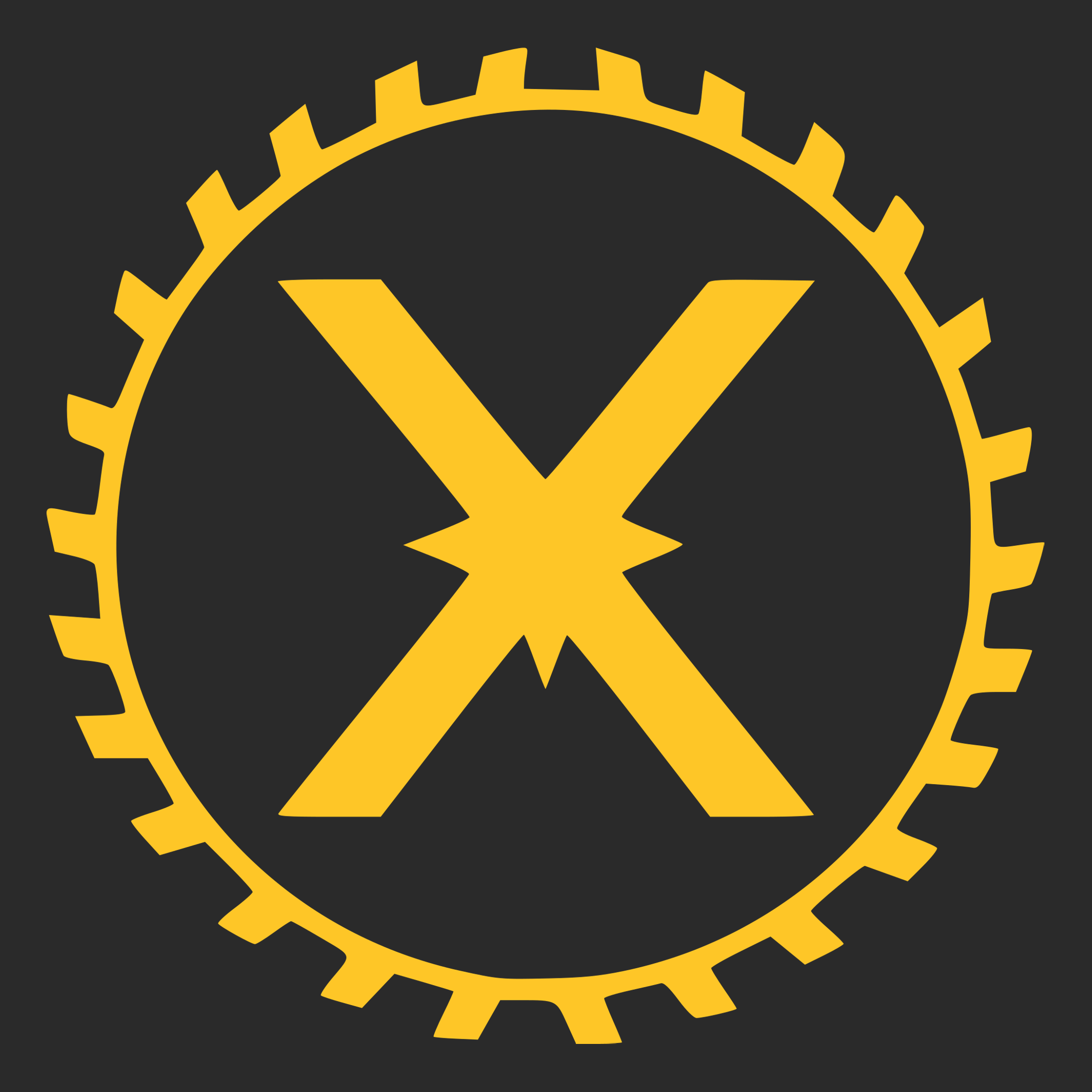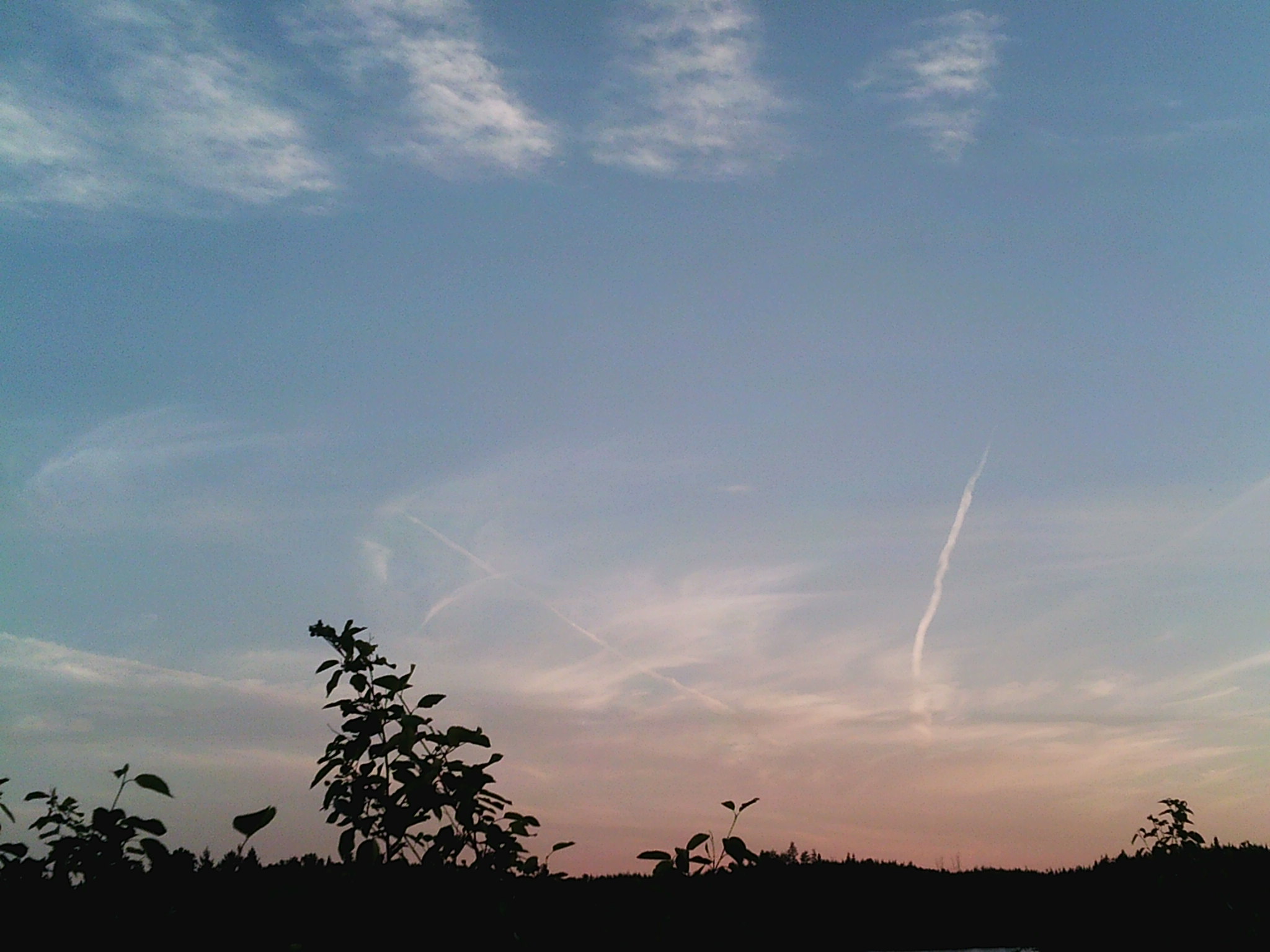Mountain Drake
"The mountain drake is considered to be king of the mountains. Terrible, hulking creatures that stand as tall as castle walls, with large powerful fore claws and a maw of sharp fangs capable of crushing rock. They belch fire, devour entire villages, and bring down entire mountains. You would never see them coming, for they circle underneath the earth like sharks before they strike...." - The Big Book of Legends for Children and Laymen
Basic Information
Anatomy
Biological Traits
Genetics and Reproduction
Cross Breeding
Cross breeding rarely occurs with Drakes, due to their locations and general inaccessibility. Females participating in cross breeding is unheard of in this current age. In the past, it had been attempted, but led to disaster when paired with an egg bearing species. In the extremely rare case that a female participates in cross production, she will generally only consent with a live birthing species. Males, being less prone to birthing issues, are not as picky about cross breeding. When they breed with an egg laying species, the egg tooth is often absent, but it is not difficult to aid a hatchling in emerging from the egg. By crossbreeding, the Drake has contributed several traits to other species and the advent of others such as the Subspecies: Dragonus (Drake + Wyvern).Growth Rate & Stages
Ecology and Habitats
Dietary Needs and Habits
Biological Cycle
Additional Information
Social Structure
Uses, Products & Exploitation
Average Intelligence
Perception and Sensory Capabilities
Symbiotic and Parasitic organisms
Parasitic
Mountain Chiggers: Mountain chiggers are small parasitic mites that reside in caverns. They drink the blood of animals, attracted to prey by the scent of urea. They are vectors for several diseases including scale rot and swamp lung.
Symbiotic
Cave Centipede: Cave centipedes are small, insects, approximately two inches long and half an inch wide. They are eat smaller insects and are used by mountain drakes primarily as a means to treat mountain chiggers.







I could probably get away with something positive about your detailed descriptions and a request for related sketches to make visualization easier, but I'm decently sure that you're already more than well aware of that. Depending on the nature of the larger world you're building around this, it could be quite helpful to expound the interactions (both directions!) between these dragons and other species (and cultures) in more depth. I can see you've put a phenomenal quantity of thought into fleshing out this species and believe that spending the time to flesh out the interactions between their isolationist society and their surrounding cultures. You do hint at some such interactions with "Altor's Judgement" and the fact that they "respect their interactions with dwarves," but I must admit to being at a near total loss as to what the current relationship between these dragons and the race that apparently decimated their numbers (by the original meaning aka. 1/10 dead)
I have sketches on my desk :D. Just need to refine them and get them digitized. The interactions part is difficult for me, since dragons generally don't interact with things anymore. They try their hardest to stay VERY far away from everything remotely sentient and their numbers are at near extinction levels in current day. The Atlor's Judgement will have two articles, one for each instance of it that will be up "soon", but a TL;DR of that is that originally dragons were the dominant race and started going to war with each other, which started decimating the world and the earth god does NOT like his precious mudball being fucked with. So he activated his dwarves, which were stone golem sentries originally, to cull the numbers. Being made of stone... kinda didn't help to really destroy them. So dragons generally have this wariness about dwarves, even though now they're flesh and blood. Their article is also in the works. My sticking point there is "how to break this up so it's not a 5k word article."